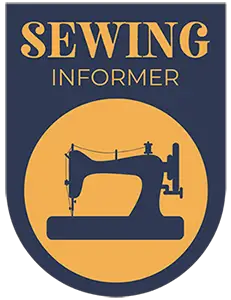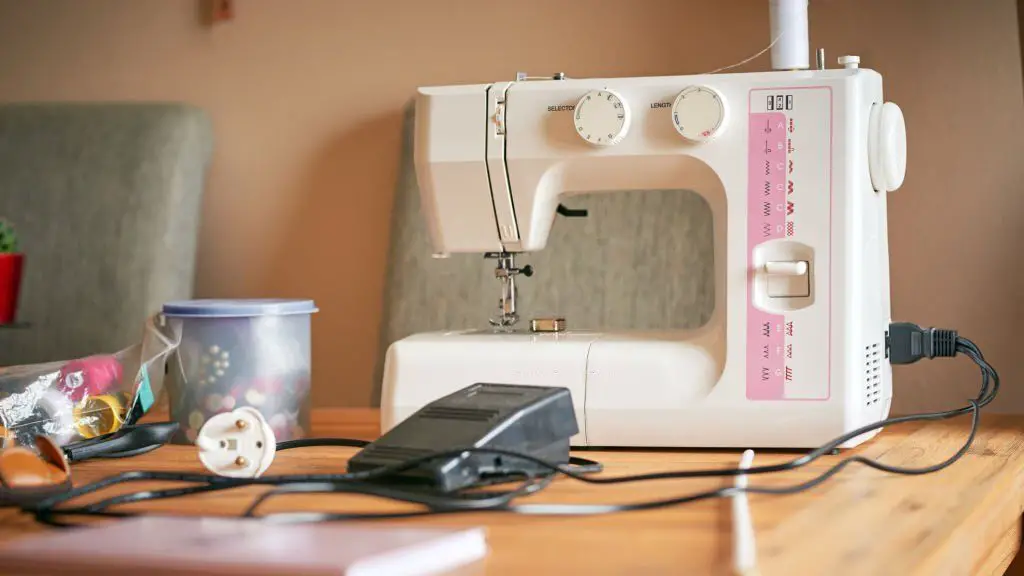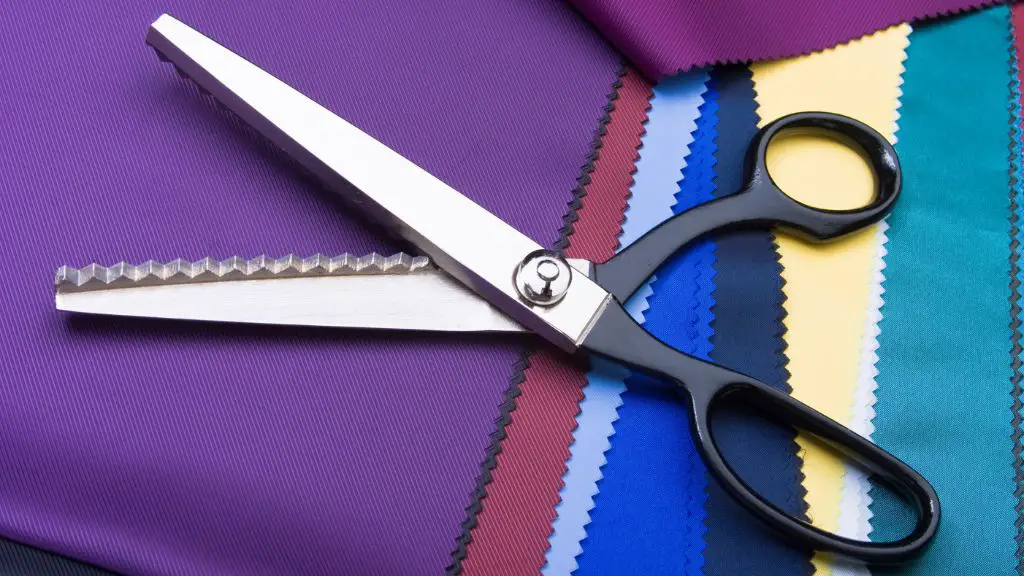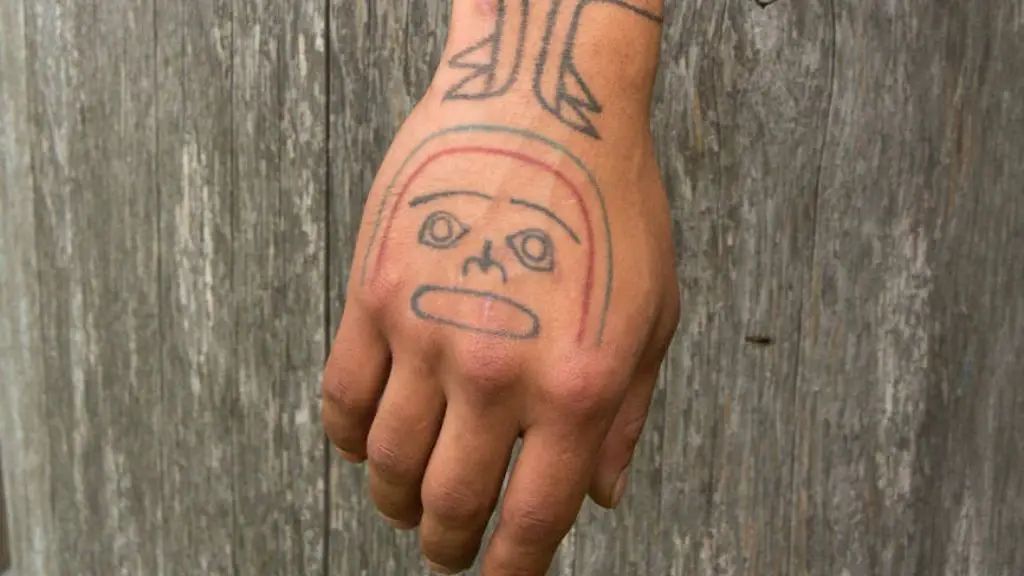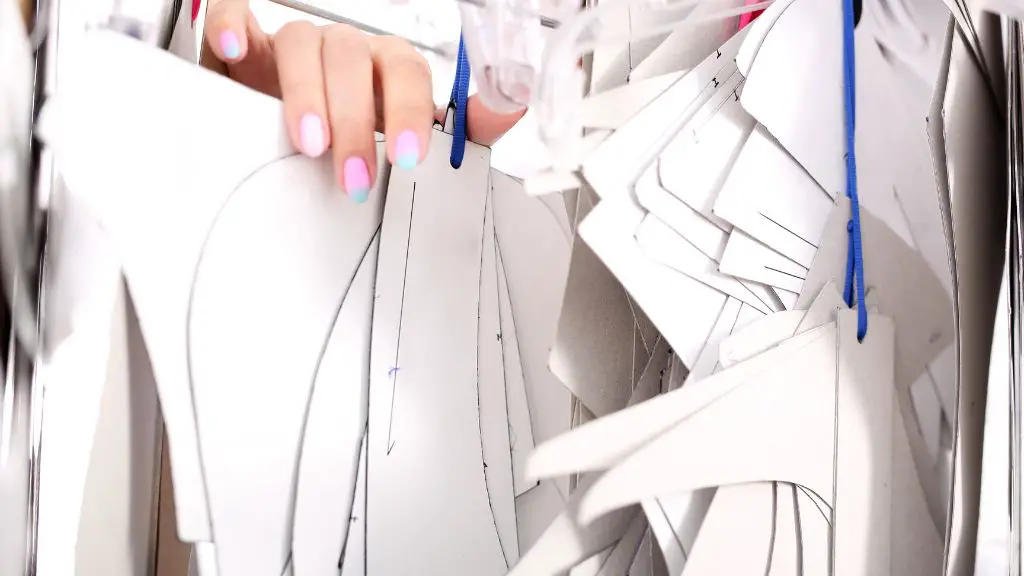Sewing machine Pedals are one of the most important components of sewing machines. In cases where your sewing machine pedal is damaged, it is important to get a placement before you can use the machine. If these pedals were universal, it would be easy to just get one that will work with your sewing machine. This is why you need to ask the question of whether these pedals are universal.
Sewing machine Pedals are not universal. Although some manufacturers advertise their pedals as universal, they always have limited compatibility. A universal sewing machine pedal would be expected to work with every type of sewing machine. However, it is nigh impossible to get any such pedals, despite some adverts you would see.
Let’s look at this in detail. We will also look at the importance of sewing machine pedals, their alternatives, issues, and how you can get one that will work for you. Also, we’ll proffer a few pieces of advice you should keep in mind in using your sewing machine.
How Universal Are Sewing Machine Pedals?
If you are in the market for a new sewing machine pedal, it is good to wonder if you can just buy any type of sewing machine pedal. If the pedals were universal, there would be nothing wrong with this. The problem is that they are not.
Many sewing machine manufacturers proclaim that their product is universal. This is a half-truth. Even the most universal sewing machine Pedals work with a high number of sewing machines rather than all of them. When you consider that most sewing machine Pedals out there aren’t considered universal at all, you see that there is no way to say these pedals are universal.
How Important Are Sewing Machine Pedals?
With the advancement of technology in manufacturing, sewing machine Pedals aren’t as important as they used to be. In the past, there was no way to use sewing machines without pedals. However, many sewing machines now utilize alternatives to sewing machine pedals.
Rather than using your feet to drive them via the pedals, they are driven by an engine. Still, you need foot pedals to control the movement. The uses of foot pedals in sewing machines are:
It controls the speed of sewing:
Depending on your expertise and the type of fabric you are working on, the speed of your sewing machine has to be changed often. Like the gas pedal of your car, the more pressure you apply with your foot the faster the machine works.
It adds consistency to your work:
With sewing machine pedals and their likes, you can easily ensure that your stitches are more even and accurate. This is because of the consistent speed you can achieve with the pedals. This constant stitch rate helps with free motion quilting and embroidery.
It reduces fatigue and aches:
Without sewing machine pedals, you would have to use your hand to turn the handwheel. Doing this for a long time will inevitably lead to wrist and hand aches and will tire you out quickly. Of course, some machines use other alternatives.
Sewing machine pedals can prove to be quite useful and can even be unexpendable. However, there
How To Choose Sewing Machine Pedals
As discussed, sewing machine Pedals don’t necessarily work for all kinds of sewing machines. For this reason, you have to be very careful when getting one for your machine. Otherwise, you run the risk of spending on pedals that won’t be useful.
One way you can avoid this issue is by buying sewing machine pedals from your sewing machine’s manufacturer. Alternatively, you can buy generic pedals but ensure that you check for compatibility with your sewing machine. These pedals have a range of sewing machines they work with and you should carefully go through the list before buying any pedals. Otherwise, you might have to return it if it doesn’t work.
Sewing Machine Pedals Issues
Your sewing machine itself will come with a suitable pedal. However, there might be certain situations where you need to get a replacement. The most obvious of these is a situation where you lose the petals.
Some defects can make you consider getting new pedals. However, some are solvable while some are irreversible damages. These defects are:
Electric parts issues:
Sewing machine Pedals have electronic parts like the capacitor so they are susceptible to the usual electronic issues. If the pedals aren’t starting at all, it could be a case of wiring or electronic part failure. All these could be due to current or voltage spikes and can often be repaired by a competent technician. You can test for this by using a circuit tester to determine if the circuit system is not faulty.
Mechanical issues:
Also in sewing machine pedals are the gear and motor of the device. When these are spoiled, the pedal won’t be able to perform its functions. Unlike electronic parts, it is quite difficult to have these fixed or replaced so you will probably have to get a replacement.
If you run into any of these, you can request the service of a technician for help before splurging on new sewing machine pedals.
Alternatives To Sewing Machine Pedals
Not all sewing machines use foot pedals and some machines use an alternative method to control the speed of sewing. Some of these alternatives are:
Knee press:
The knee press was very popular decades ago and it is still very much in use. Also known as knee control, it utilizes the same principle as the foot pedal but with the pressure being applied by the knee. Some knee controls use the upward motion of the knee while others use a mechanism that just requires you to move the knee in specified manners. Only some machines support this and you can’t just adopt it if your sewing machine doesn’t.
Button Press:
This is used by many machines as a simple alternative to foot pedals and knee controls. It has the advantage that you don’t have to stress your foot and knee and only need to concentrate on guiding the fabric. One other benefit of the button press method is that it is more consistent than pedals. However, it doesn’t offer the quick switch of speed that can be done with foot pedals and knee controls.
Screen control:
This is the modern way of controlling sewing speed and it is used by computerized sewing machines. It is quite similar to the button press method functionally but only differs in the fact that you will set the speed on the screen on the sewing machine.
Despite the availability of these alternatives, foot pedals are still so common. Even sewing machines with screen control mostly come with foot pedals. This is probably due to the speed switch and convenience features.
How To Properly Maintain Your Sewing Machine
To avoid any problems, there are certain habits you should have as regards your sewing machine. These habits, if done properly, will ensure that you don’t have to worry about things like jamming.
Lubricate regularly
As your sewing machine has some moving parts, lack of lubrication can be quite harmful to those parts. You should apply grease or any other lubrication at intervals that will depend on how often you use the machine.
Clean the machine frequently
As seen in the previous sections, a dirty sewing machine can be a recipe for disaster along the line. The best time to clean your machine was immediately after your last project. The next best time is now! Ensure that all obscure parts of the machine are rid of any unwanted objects. Also, clean the machine once in a while even if it’s unused to remove all traces of dust that could accumulate.
Always think about compatibility
This means that you shouldn’t use sewing tools that aren’t compatible with your fabric or machine. Most significant is the type of needle you use on every fabric. As seen earlier, using a needle with a type of fabric that it is not compatible with could lead to issues.
Service the machine at intervals
Every machine needs to be serviced every once in a while to keep it running optimally. Depending on how often you use your machine, you should consider getting a professional to help you check it once in a blue moon to ensure that there are no minor issues that could balloon up suddenly.
With all these, your sewing machine will run well enough most of the time. That being said, there is no foolproof guide as the sewing machine can develop a fault at any time. However, you can take the chances of this happening to the bare minimum.
Conclusion
It is not uncommon to find sewing machine Pedals sold with the advert that they work with any machine you want to use them with. However, if you want to get a sewing machine pedal, you still have to worry about compatibility. No sewing machine pedal works with every kind of sewing machine despite the common “universal sewing machine pedals” often advertised. It should be admitted that some of these work with a quite large number is sewing machines but they still are not universal in the true sense of the word.
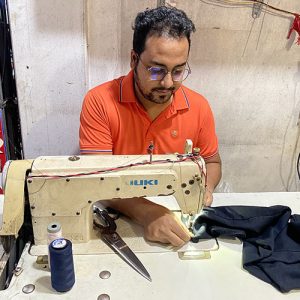
I love to sew and write! I have been doing both for many years and enjoy sharing my passion with others. I have written for both online and offline publications including Amazon and Medium, and I enjoy sewing clothes, quilts, and other items.
My writing style is engaging and lively, and I have a knack for delivering complex information in a way that is easy for everyone to follow.
